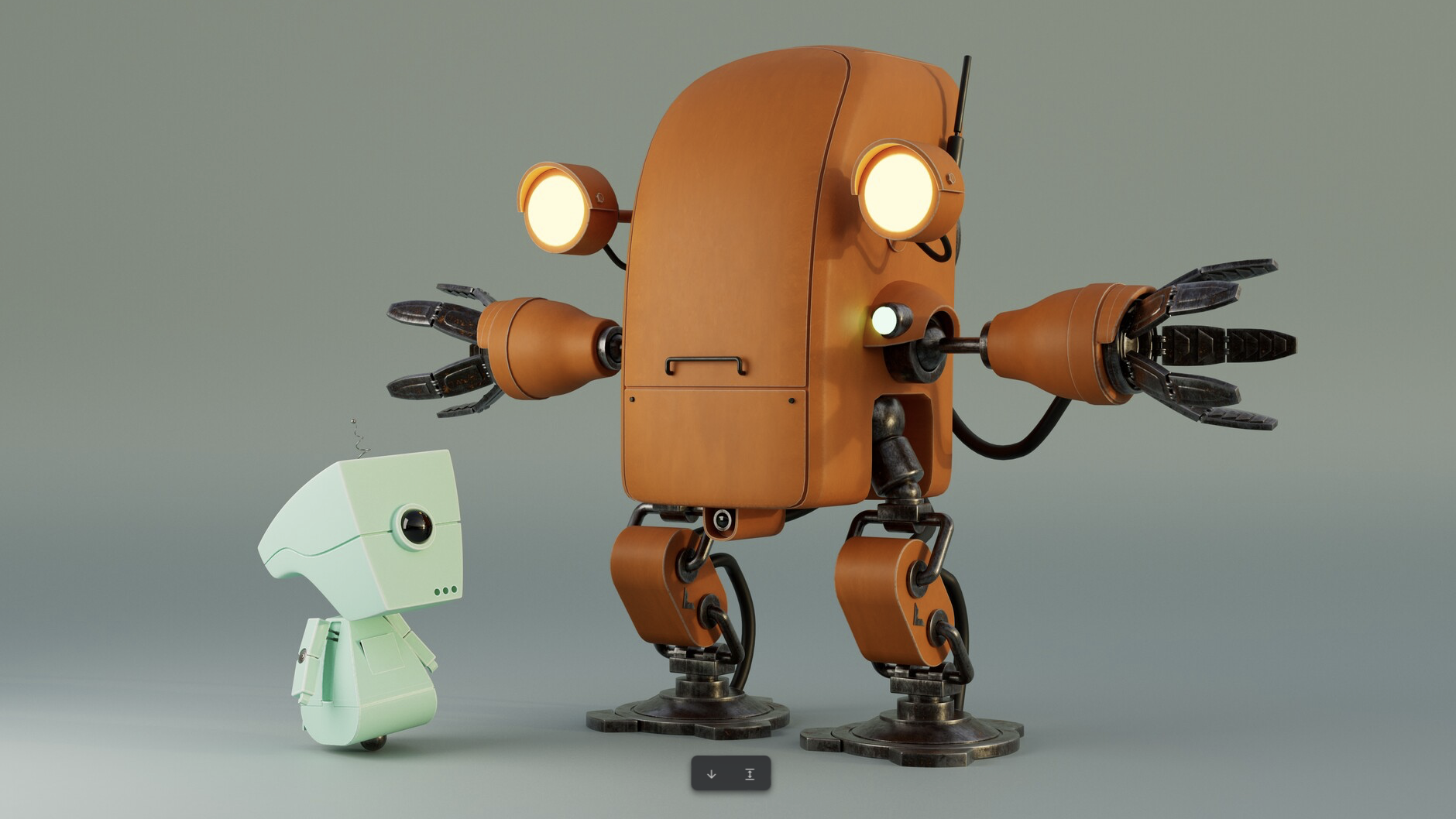
Dune Part 2, the sequel to Denis Villeneuve’s hit movie, is officially coming. From the off, the director has stuck to his guns and set out to make a movie in two parts. Legendary Studios' boasted, "This is only the beginning…" it teased, "We're excited to continue the journey!" Dune Part 2 will release October 20, 2023.
This is only the beginning...Thank you to those who have experienced @dunemovie so far, and those who are going in the days and weeks ahead. We're excited to continue the journey! pic.twitter.com/mZj68Hnm0AOctober 26, 2021
But what will Dune Part 2 look like? We love the visual direction of Dune, particularly the hand-made Dune costumes, but many have hankered after the weird and psychedelic designs of legendary artist Moebius, who worked on the unreleased Jodorowsky version.
Will director Villeneuve embrace the dream-visions of the book's second half to make Dune Part 2 a stranger vision? As fans will know, the book's later chapters follow Paul's rise to power among the Fremen and his climatic rebellion against Padishah Emperor Shaddam IV (whom we've yet to see in Villeneuve's movie). It's a part of the book that taps into fantasy, myth and mysticism. It's set-up for something stranger than what Villeneuve has shown to date.
So how weird can Dune Part 2 get? Before the release of the Villeneuve film, we chatted to leading artists about why the original book and 1984 movie inspired them so much, which may gives us some ideas as to where Dune Part 2 is going.
Dune Part 2 - new visions?
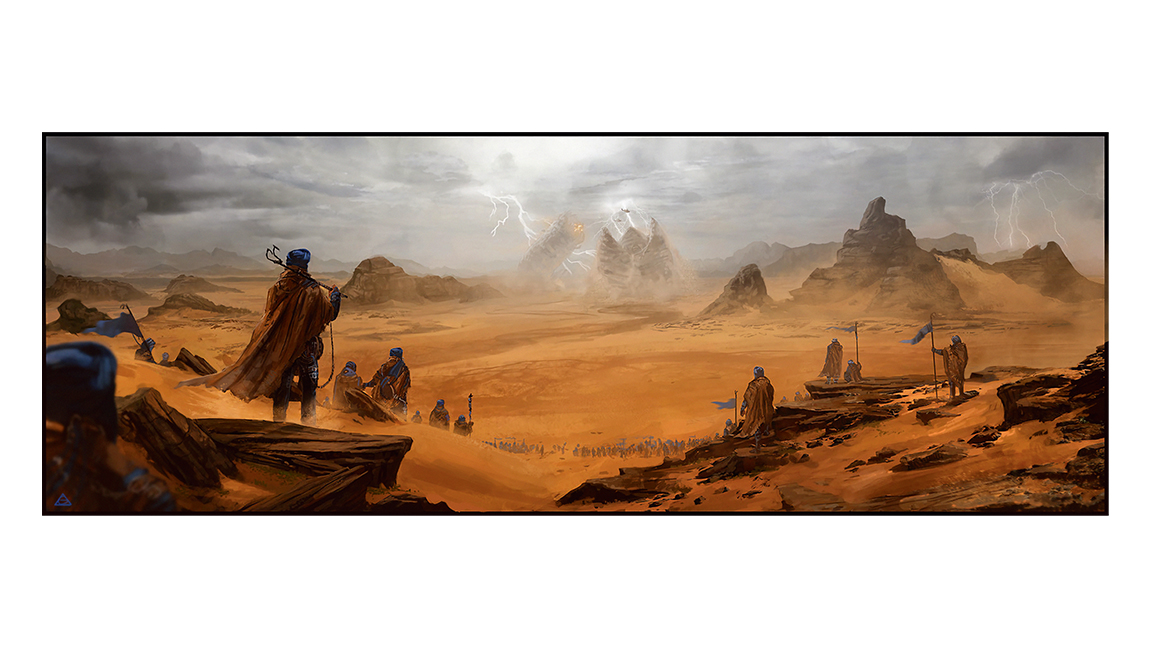
You’ll find Dune die-hard fans everywhere, and many artists see it as a big influence on their careers. Alongside the original book, the David Lynch movie is also seen as a source of inspiration.
“Dune has influenced my art, and the art of many artists,” says Gary Jamroz, a freelance senior concept artist with Gunzilla Games. “Its intricate world building make it easy to get lost in. You have advanced tech. You have space. You have legends and myth. You have royalty, mysticism, medieval references too.”
More than sand
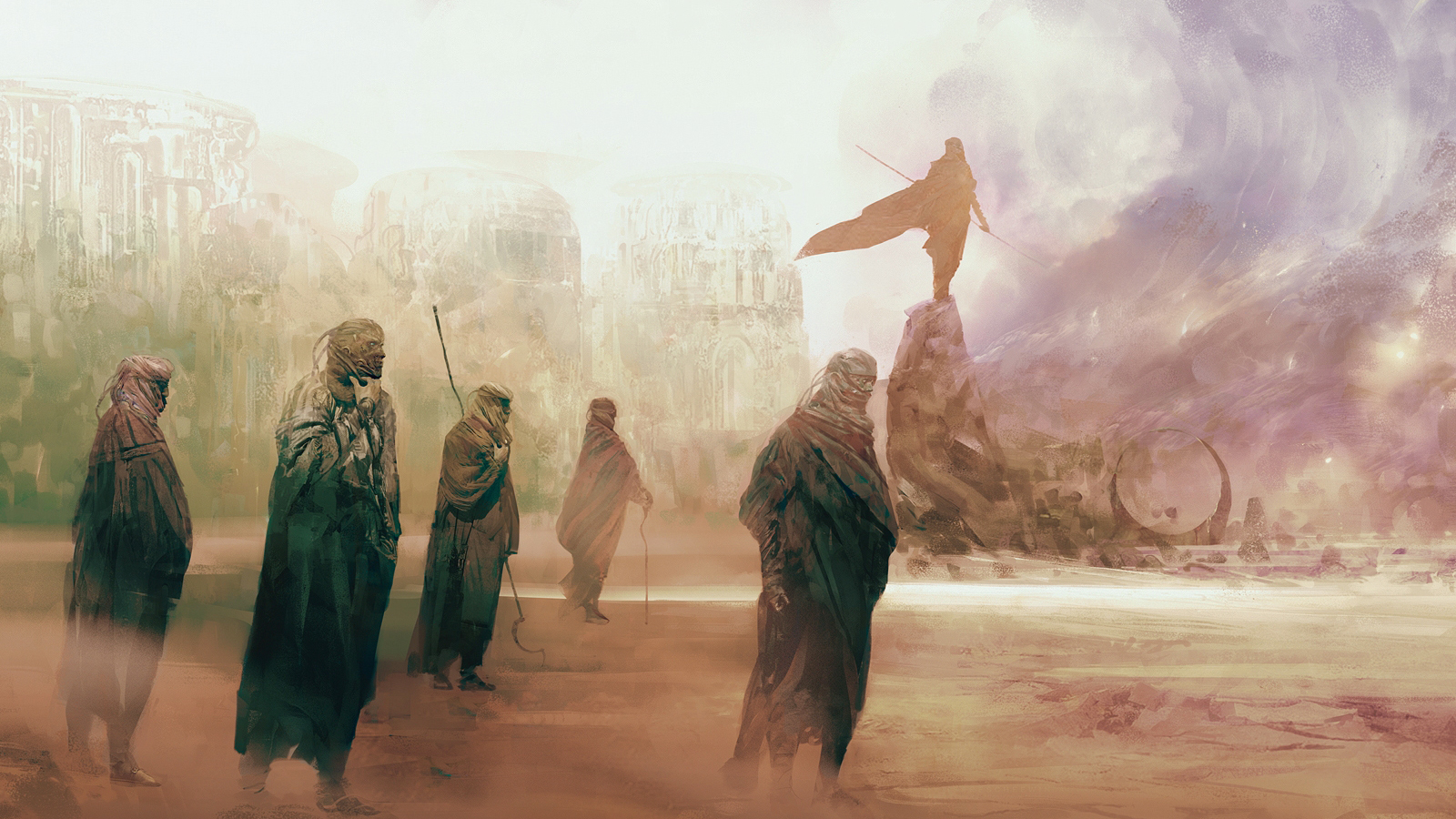
Its most iconic images centre around desert landscapes, which helped lure in freelance concept artist Simon Goinard. “My mind works with geometry, and it’s easier to visualise geometry when you paint deserts and angular shapes,” he explains. “This may be why I like Dune so much.”
Get the Creative Bloq Newsletter
Daily design news, reviews, how-tos and more, as picked by the editors.
But there’s more to Dune than sand. “The costume design is what really opened my eyes, not only to a possible career opportunity in concept art, but also to the idea of functional design,” recalls Bruno Gauthier Leblanc, an art director at Eidos Montreal.
“The design of the Freman stillsuit [a full body suit worn in the open desert] is a perfect example of function blending seamlessly with aesthetics. Every piece of the design has a purpose; it can be mechanical, cultural or even personal to the character, but nothing is done without a reason. This design philosophy has influenced my entire career as a concept artist, and what I try to instil in my team as an art director.”
More sandworms
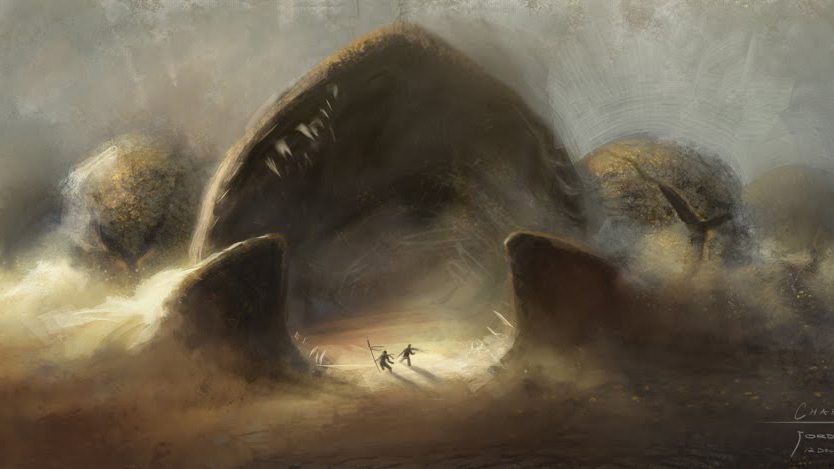
Then there were those giant sandworms, which inspired the fan art Jordan Lamarre-Wan, lead concept artist on Star Wars Jedi: Fallen Order, created in 2009, shown above. “Wow, this is really old now!” he says. “The idea was to convey the enormous scale of the worms charging. Back then, movies knew how to build tension, without showing the full creature right away.
“In Dune, the sheer size of the sandworm was so impactful; it really helped to create a ‘David vs Goliath’ underdog relationship," he continues. "In the same way [in Star Wars], the endless Star Destroyer intro helps to emphasise the size of the emperor’s power, and therefore the protagonist’s challenge.
“Dune is one of many movies that’s left an influence on my art, by developing a love for older sci-fi and an appreciation for practical sets over CG,” Lamarre-Wan adds. “Dune [1984] has plenty of great practical sets, props and costumes, and it’s an inspiring example of what great work can be achieved within the boundaries of creative limitations and film production budgets.”
Space to experiment

Some artists first came to Dune through other routes than the movie, such as the video games or the Marvel Comics. For Devon Cady-Lee, visual development artist at Warner Bros. Entertainment, it was the original books. “This was the first time I found a sci-fi universe with the same depth and breadth of the fantasy novels I’d been reading,” he recalls. “The way they touch on politics, religion and culture struck a real chord.”
They proved key to developing himself as an artist. “Making artwork based on Dune taught me how to interpret source material,” Cady-Lee says. “In some ways, the books offered a huge amount of information, and in other aspects very little. So I learned how to adapt book descriptions into designs, as well as taking liberties with the material and making inferences.”
Elegant worlds
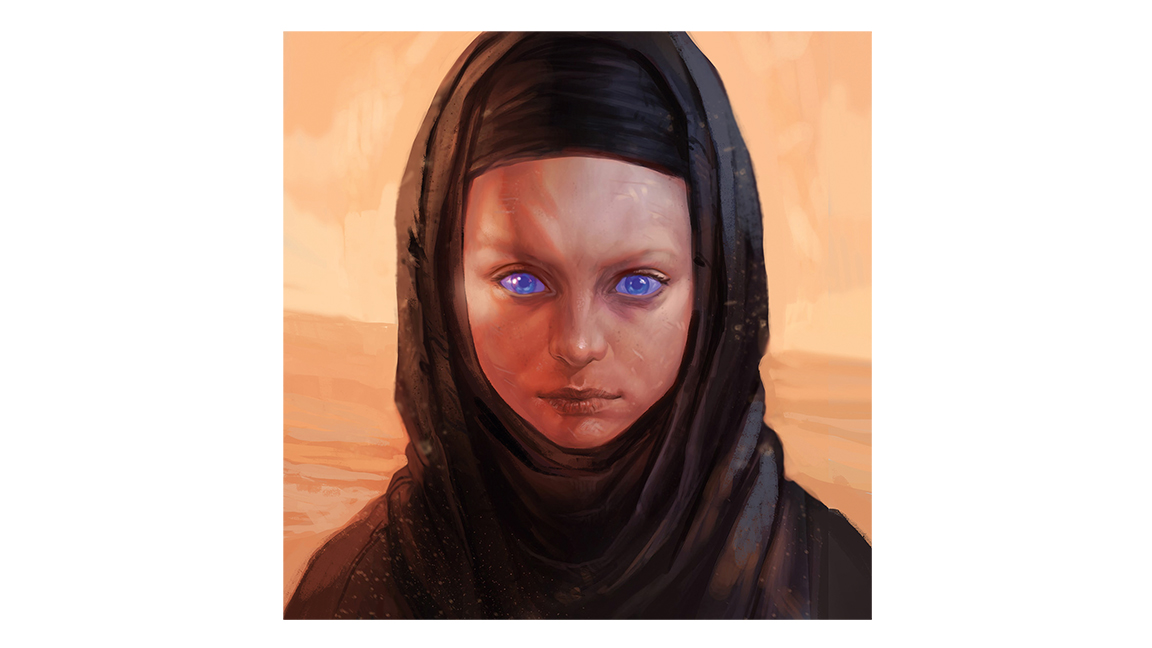
Maria Trepalina, a freelance concept artist working in the games industry, also discovered Dune through the novels. “It greatly enriched my ‘internal art library’ that helps you come up with complex, thoughtful images,” she recalls. “Later I watched the movie [from 1984], and was amazed by the combination of sci-fi and fantasy, and unusual costume designs. I was hooked by the elements of mentality, aesthetics, and designs from the Middle East, Japan, and China.
“These elements are organically woven into the design of the costumes, the environment, and the traditions shown in the book and film. Dune shows how the concept of development can be applied as an example for creating designs for other civilisations, and teaches us to create something new based on existing ones.”
Even if you’ve never seen Dune, you’ve probably been influenced by it indirectly, because it shaped so many other films. “Take Tremors, a movie that more helped shape my love of drawing monsters,” says Henrik Sahlström, a senior concept artist at Ubisoft. “The whole sandworm thing is blatantly pulled from Dune. Plus, how much did Sting appearing in Dune influence or inspire Hellblazer/John Constantine popping up in DC Vertigo´s Swamp Thing in 1985?”
Embrace the fantasy
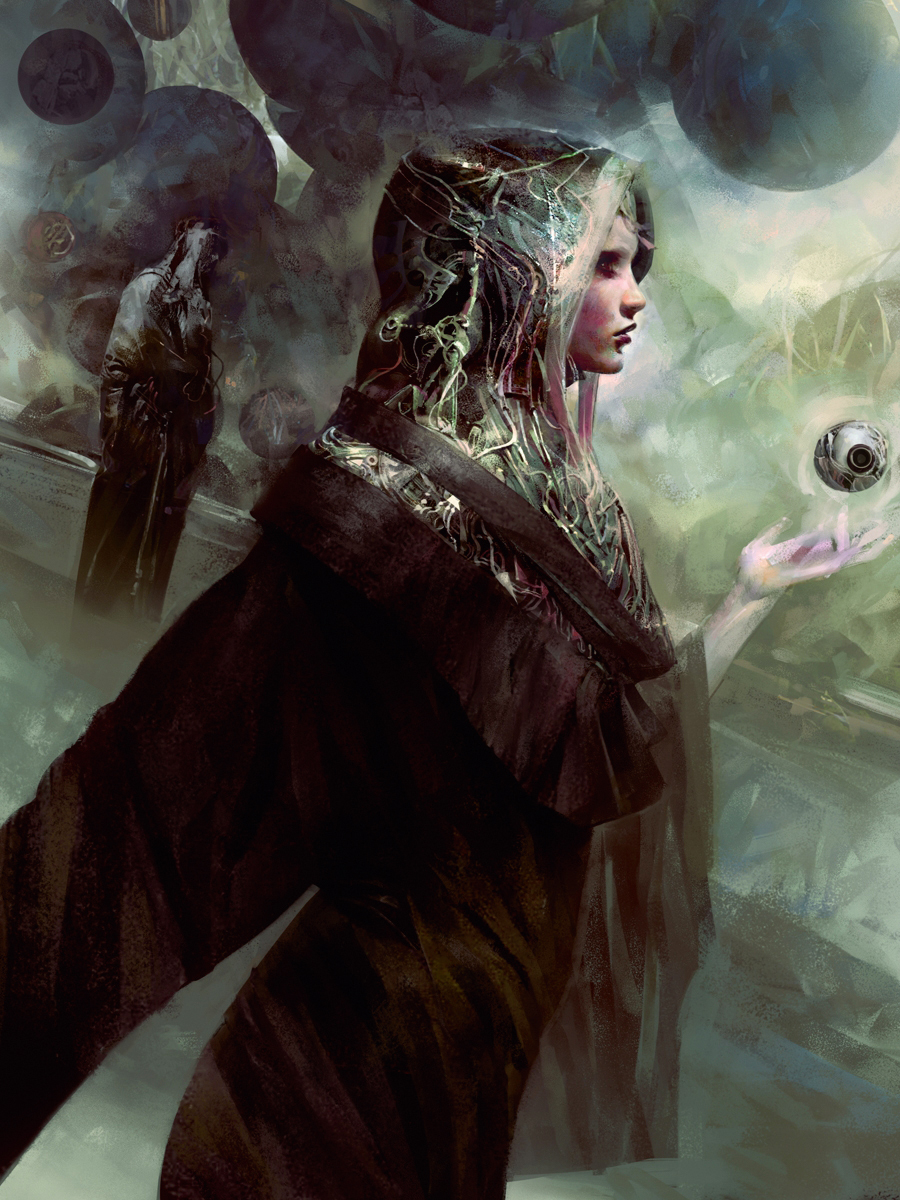
All of these artists have been driven at some point to create their own Dune-inspired art. “I started illustrating Dune as a pitch vis test around 2014, because the IP was a bit under-represented at the time, and I thought it deserved more than that,” says Goinard. “It was also pretty clear that most of the art circulating around the internet was based on the film’s aesthetic, and not representative of the books’ mood and poetry.”
“My main idea for those small pictures was to bring back this particular feeling that rise from Herbert’s descriptions,” he adds. “The struggle for life. The bone-crushing desert wind. The strong female warriors. The blue and the red.”
For anyone inspired to create their own Dune art, Jamroz offers this advice. “If you want to portray people living in the desert correctly, you have to take references of what we have already have. Study it, understand it, be curious about it. This will save you in the long run. Knowing what you are designing and why you took those choices will make all the difference.”
Never miss an issue of ImagineFX
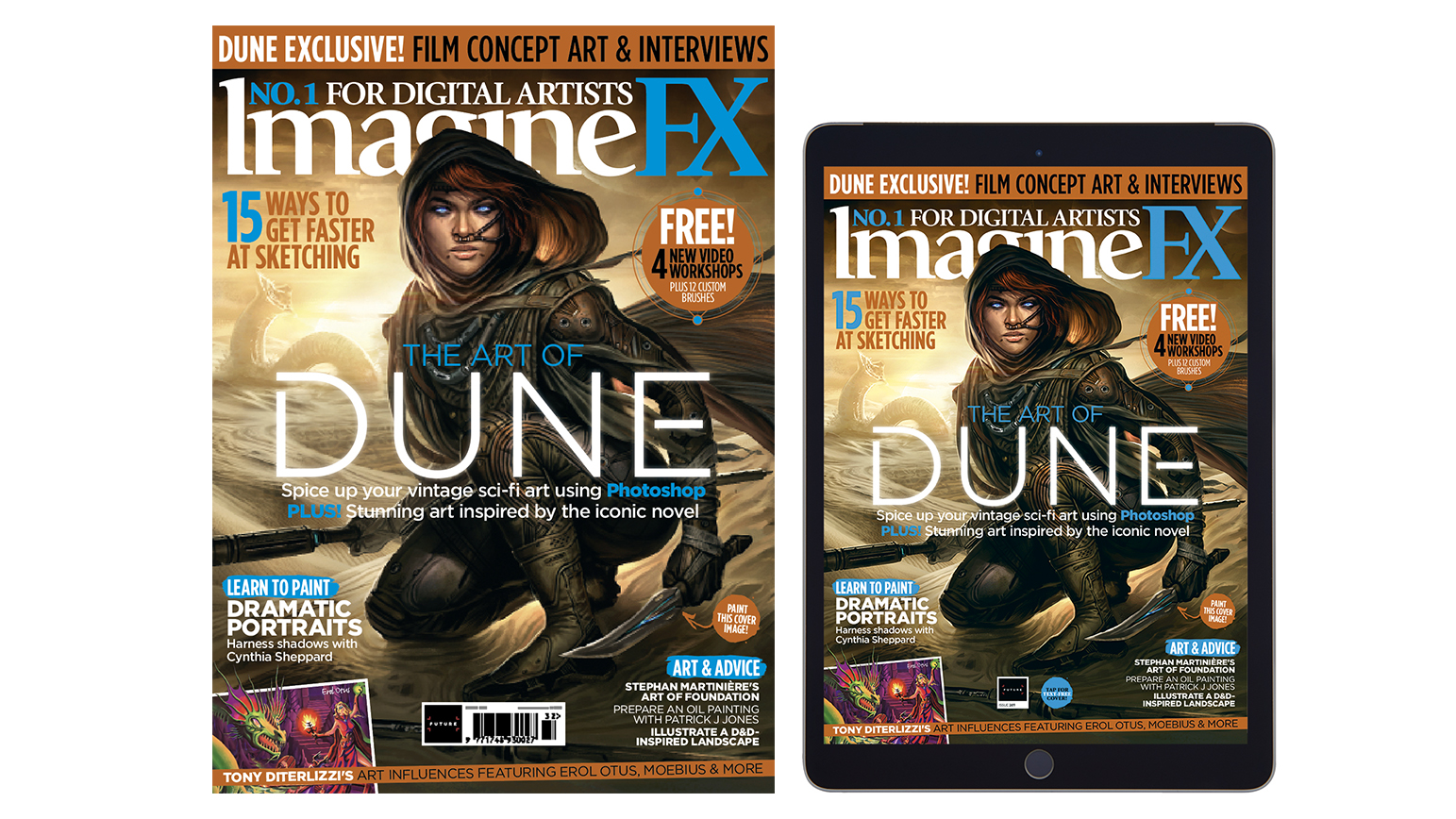
If you liked this piece, you'll love ImagineFX. The world's favourite digital art magazine is on sale in the UK, Europe, United States, Canada, Australia and more. Limited numbers of ImagineFX print editions are available for delivery to over 120 countries from our online store (the shipping costs are included in all prices).
Read more

Thank you for reading 5 articles this month* Join now for unlimited access
Enjoy your first month for just £1 / $1 / €1
*Read 5 free articles per month without a subscription

Join now for unlimited access
Try first month for just £1 / $1 / €1

Tom May is an award-winning journalist and editor specialising in design, photography and technology. Author of the Amazon #1 bestseller Great TED Talks: Creativity, published by Pavilion Books, Tom was previously editor of Professional Photography magazine, associate editor at Creative Bloq, and deputy editor at net magazine. Today, he is a regular contributor to Creative Bloq and its sister sites Digital Camera World, T3.com and Tech Radar. He also writes for Creative Boom and works on content marketing projects.
